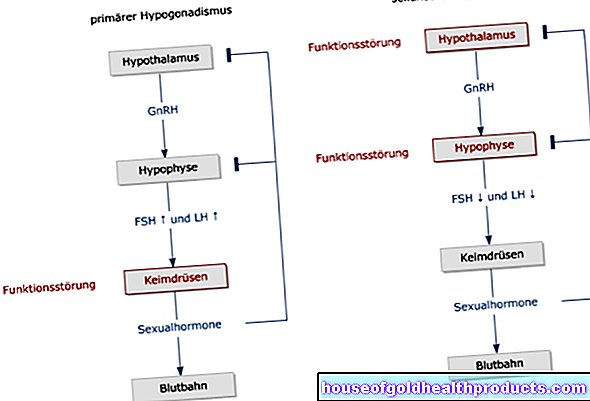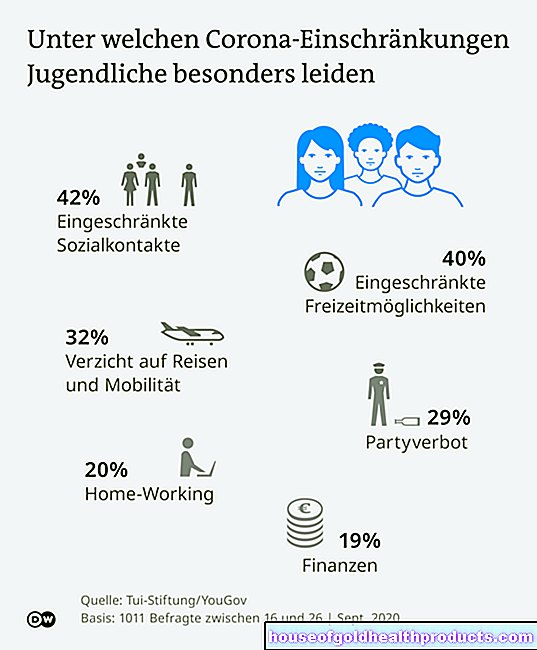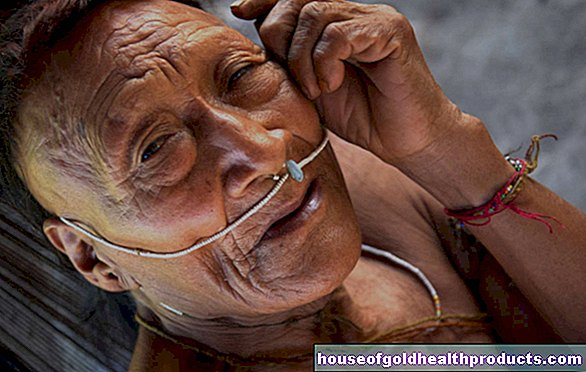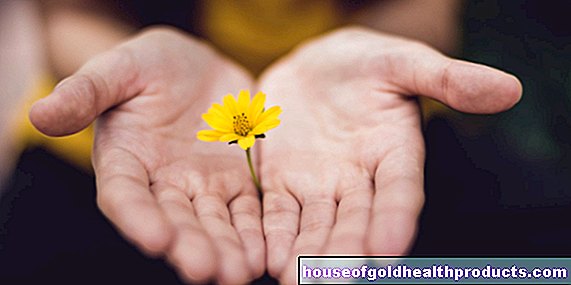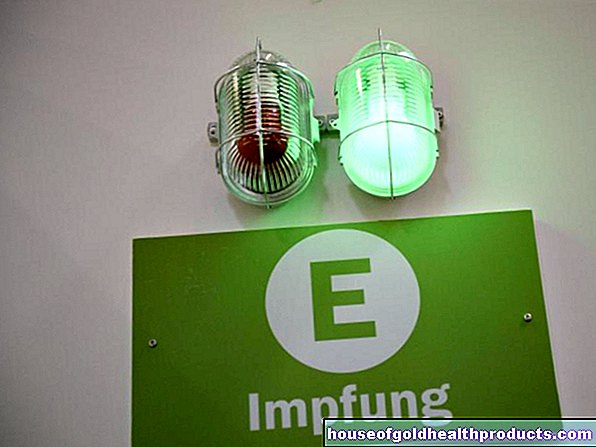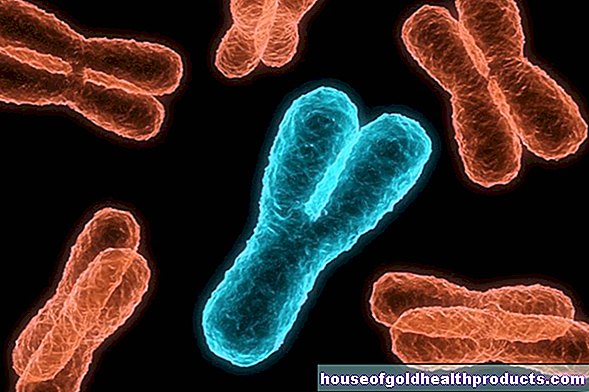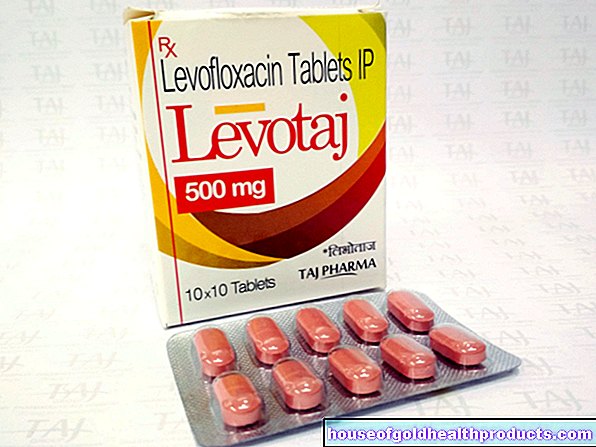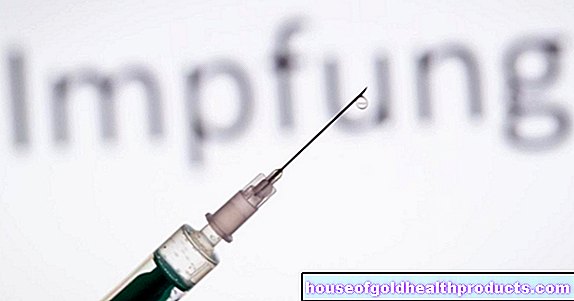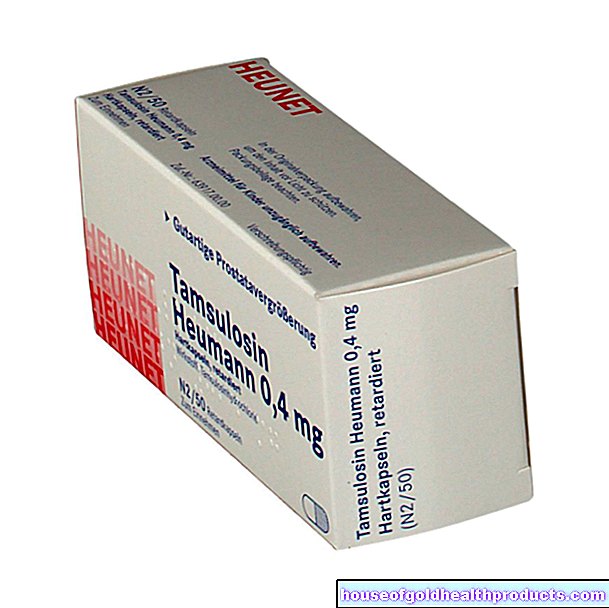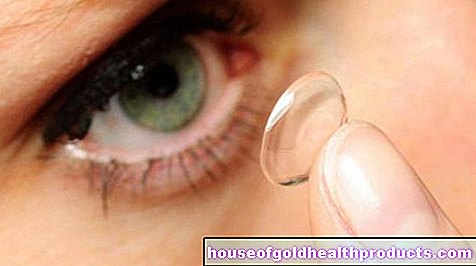Seasickness
All content is checked by medical journalists.Seasickness is a widespread sub-form of motion sickness (kinetosis). Those affected develop typical symptoms such as headache, dizziness, nausea and nausea - they become seasick while sailing on a ship or other watercraft. The symptoms can vary in severity. Here you can find out what exactly happens when you are seasick and how you can protect yourself.
ICD codes for this disease: ICD codes are internationally recognized codes for medical diagnoses. They can be found, for example, in doctor's letters or on certificates of incapacity for work. T75
How does seasickness come about?
People have been at sea for thousands of years - and the first stories about seasickness are almost as old as seafaring itself. When travelers hang their upper body over the railing and vomit, experienced sailors talk with a smile that they are “feeding the fish”. But where does seasickness originate?
As with general travel and motion sickness, seasickness has different sensory impressions in conflict. The organ of equilibrium (vestibular apparatus) uses tiny hair cells in its individual sub-organs to perceive rotary movements as well as horizontal and vertical acceleration. The so-called proprioceptors send information about which muscle is currently moving and how; they help the brain to permanently locate the exact position of arms and legs, for example. Optical perception is also very important - that is, what people see with their eyes in order to orientate themselves.
Contradictory sensations
On the high seas it is often the case that the visible surroundings - such as the planks of a sailing boat or the walls inside a larger steamer - appear straight and one is actually sitting or standing in a stable manner. However, due to the constant rocking movements in rough seas, the organ of equilibrium perceives that the body is constantly in motion and tilts. This creates contradicting information that the brain cannot classify.
Many people initially react with tiredness, a slight headache and frequent yawns. Often times, the flow of saliva increases and those affected begin to sweat. Only then do the classic symptoms of seasickness appear: dizziness, nausea and vomiting. In extreme cases, the seasick becomes completely apathetic or his circulation breaks down. However, this is very rare.
How can you prevent seasickness?
Even if in principle everyone can get seasick at one point or another: Some tend to get seasickness more than others and react more sensitively to the rocking movements. At first there is not much that can be done about this predisposition - women often get seasick more quickly than men, children more often than adults, and migraine sufferers more often than healthy people. Often the discomfort goes away on its own even after a few hours or days at sea. But there are also some measures that you can take yourself:
If you find yourself feeling uncomfortable or noticeably tired, it is best to go on deck and keep your eyes on the horizon. The alignment of the eyes will help your brain to bring visual impressions and perceived fluctuations back into harmony. The sooner you react when you feel uncomfortable, the better.
If this doesn't help, it is best to lie down as flat as possible and close your eyes - this is usually better below deck, of course. It doesn't matter if you fall asleep. On the contrary: During sleep, the sense of balance is largely "deactivated" and most seasick people feel better when they wake up.
Food and medication for seasickness
A completely empty stomach is just as bad for seasickness as a very full one. Make sure that, despite the nausea, before and, if necessary, during the trip, you eat something that is not too heavy in the stomach. Very fatty and exotic foods are less suitable - they could make the nausea even worse. A connection between seasickness and histamine is also discussed. Histamine plays a role as a signaling substance in the body and is also present in dishes that have matured for a long time, for example in hard cheese, salami and red wine. Accordingly, it might make sense for people with seasickness to avoid these foods before and during a sea voyage. However, there are still no reliable findings on this.
There are also some medications available to help prevent seasickness - the various active ingredients are available in the form of patches, tablets and suppositories, for example. Which medication is suitable depends, among other things, on age, the intensity of the seasickness and the individual disposition. It is best to seek advice from your doctor or pharmacist and use the medication in good time before you set out on the sea voyage.
If your first sea voyage will be a cruise on a large steamer, you usually don't have to worry: These ships are built so big and sturdy today and also equipped with special stabilizers that they hardly move even in rough seas. As a result, very few people experience seasickness on a cruise.
Tags: magazine digital health sports fitness
.jpg)


